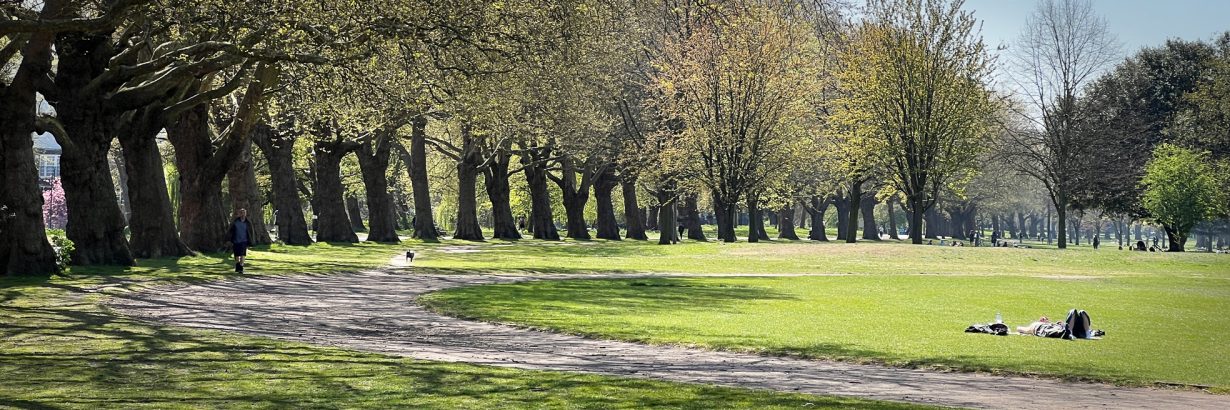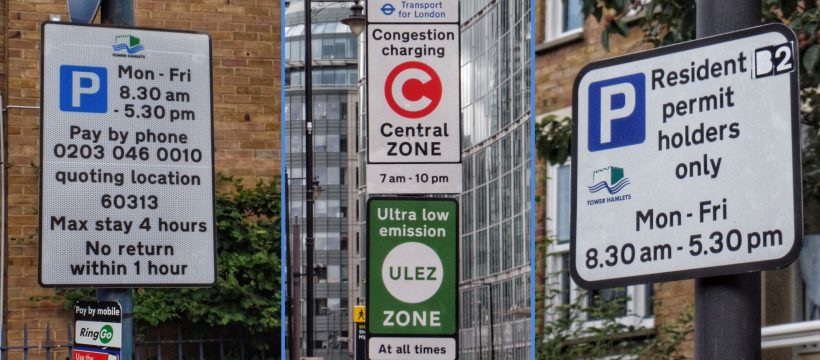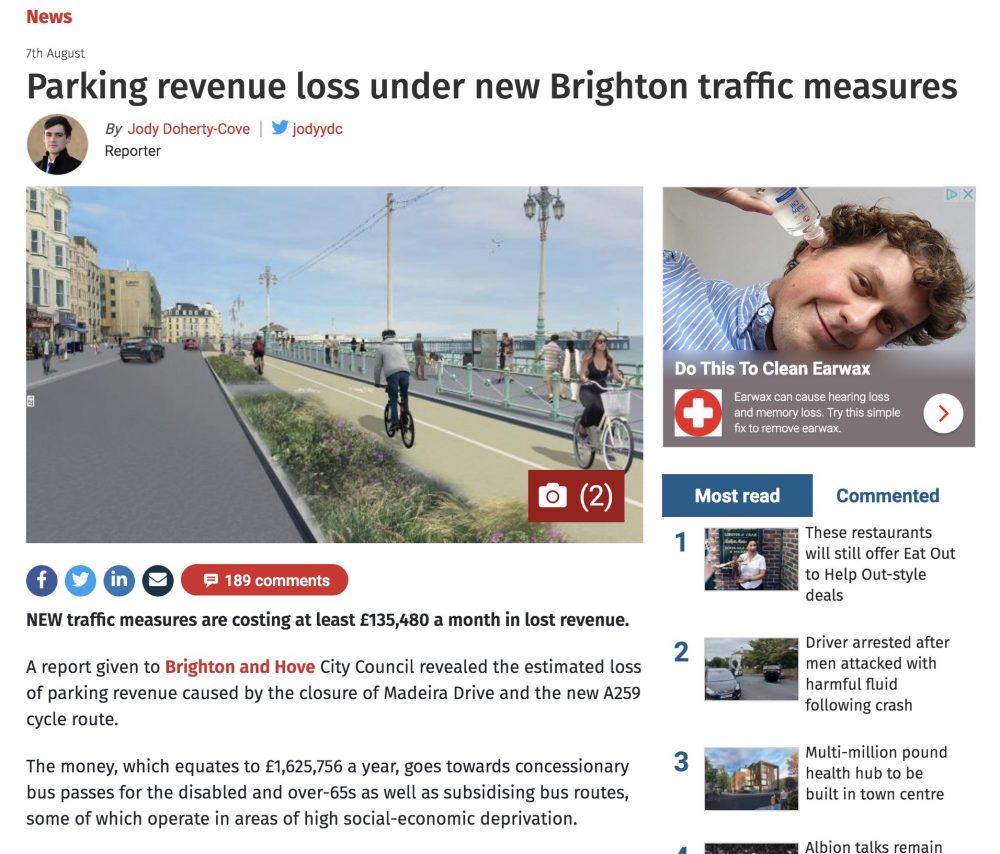Parking Permits in Tower Hamlets
Tower Hamlets no longer issues squares of paper as parking permits. They’ve gone paperless, and your numberplate tells traffic officers that you’ve paid. They say you’ll get an email reminder to renew – but don’t rely on it. You’ll no longer be able to look on your windscreen to check.
To order online you will need a scan/photo of your driving licence which shows the Tower Hamlets address you are applying for. You’ll also need ‘proof of vehicle’. Tower Hamlets parking website has the full details of what they require. The website is comprehensive, but also unbelievably complicated. If you are over 60 you’ll also need proof of that too. We received no notification that our parking permit was about to expire. It was only by chance that we checked the date on it. Nothing seems to have been carried over from the old system. It took about half an hour to apply online.
From 1st Sept 2020 your parking permit will only be valid all day the mini-zone where you live. It will cover you for up to three hours at a time anywhere else in Tower Hamlets. This might be a problem if you live near the edge of a zone.
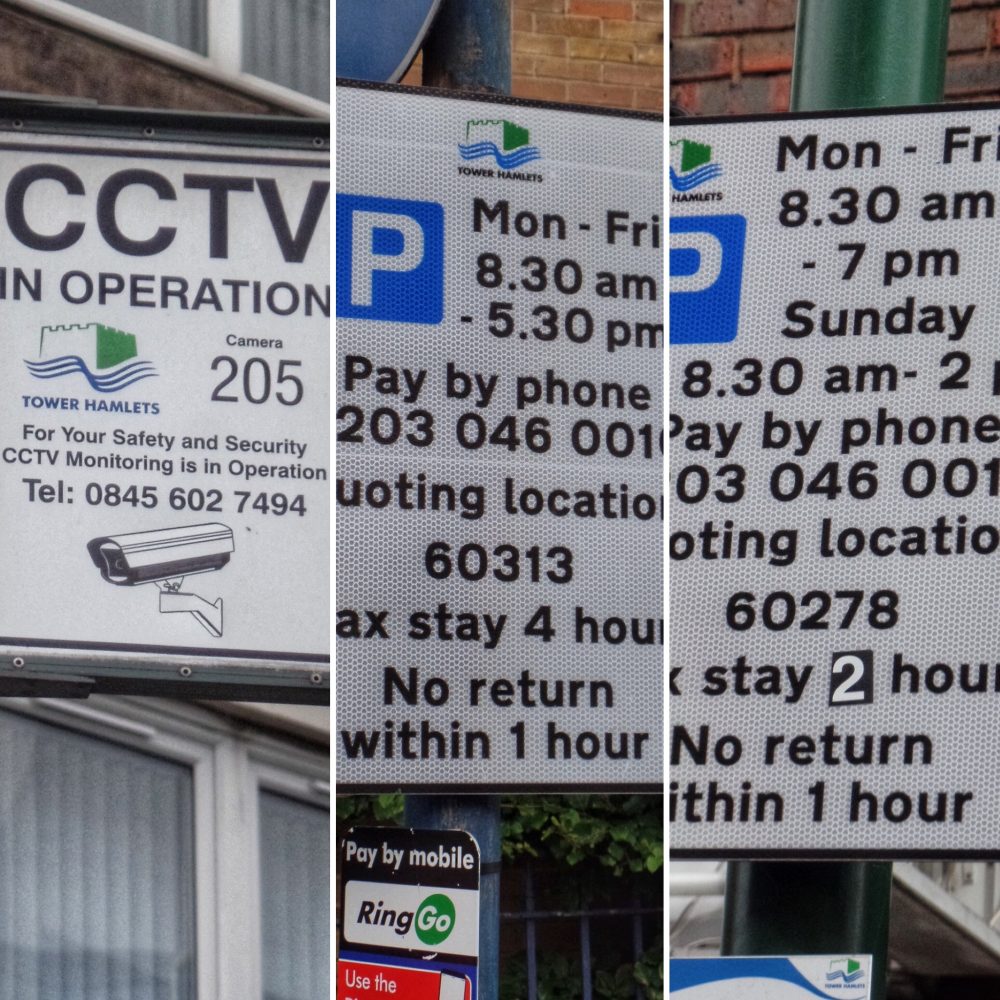
In Bow the dividing line between B1 and B2 is the railway which runs across Tom Thumbs Arch and Coborn Road. In B2, south of the railway, it operates Mon – Fri 8.30am to 5.30pm. In B1, which includes the Roman Road Market, it’s also operational on Saturday.
The cost of parking near the Roman Road is expensive and costs extra for diesel vehicles. This will definitely dampen trade. Lakeside opened thirty years ago and was soon sucking customers away from all the places with traffic wardens bringing puritanical gloom to the shopping experience. Hassle free shopping is probably now best achieved online. Old photographs and street directories give clues to the vibrant, sociable world which has been lost.
The old visitor’s scratch cards will still work up to their expiry date. They’ve now gone virtual too and you have to order them online. You’ll need to have a parking account already set up a few days ahead of requiring them.
Central London Congestion Charge applies at weekends
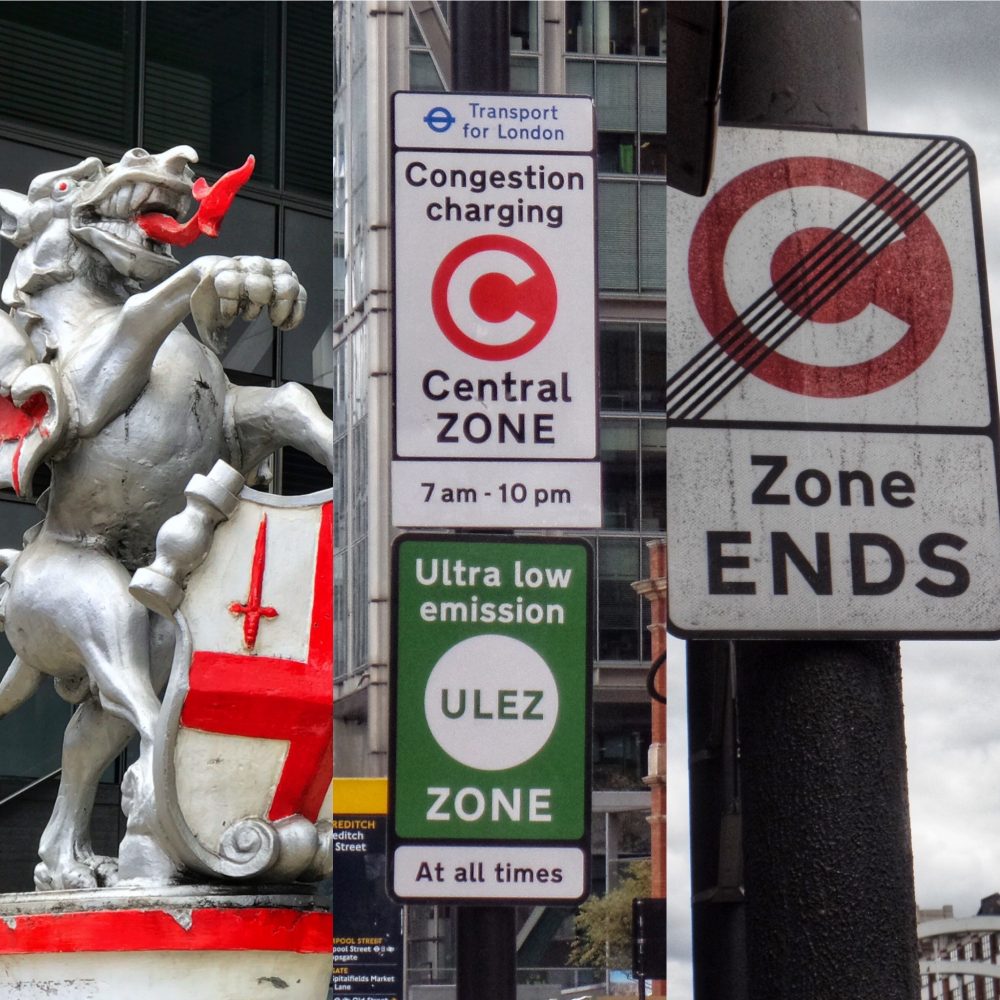
On 22nd June Sadiq Khan increased the C-Charge to £15 (if you pay in advance or on the same day). The operating hours were extended to 10pm and it now applies on Saturdays and Sundays. Previously it was only operational between 7am and 6pm, Monday to Friday. On the east side of town the zone runs down City Road from Angel to Old Street roundabout, Great Eastern Street, Commercial Street, Aldgate East Roundabout, Mansell Street, and Tower Bridge Road.
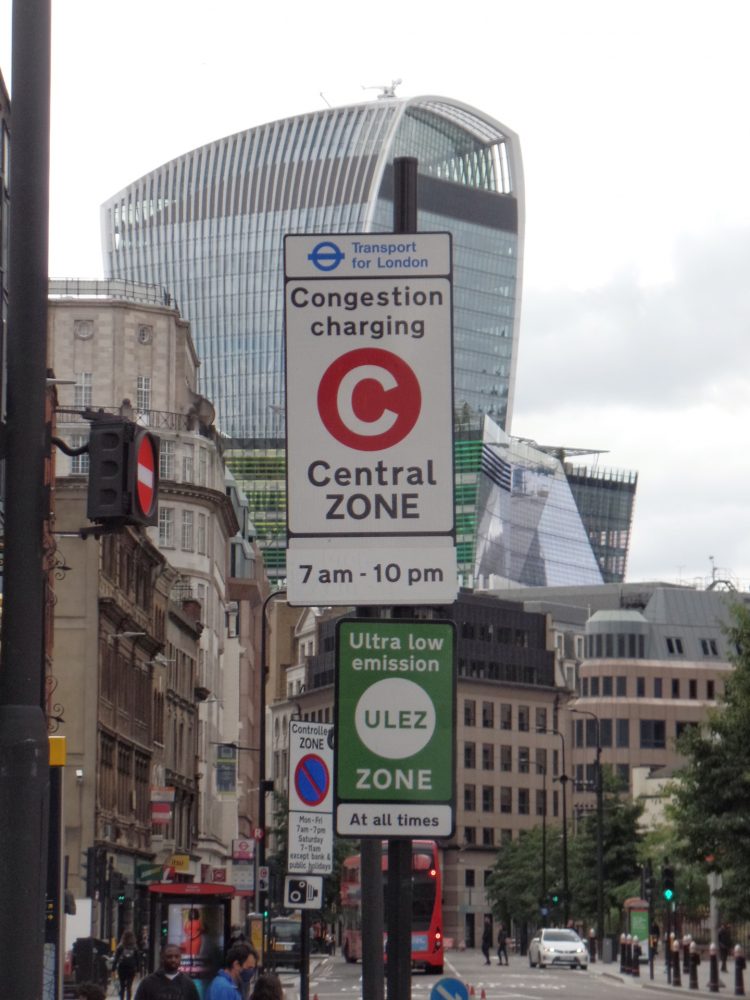
There are many newspaper reports of people being unaware that it now applied at weekends, and having to pay an £80 fine.
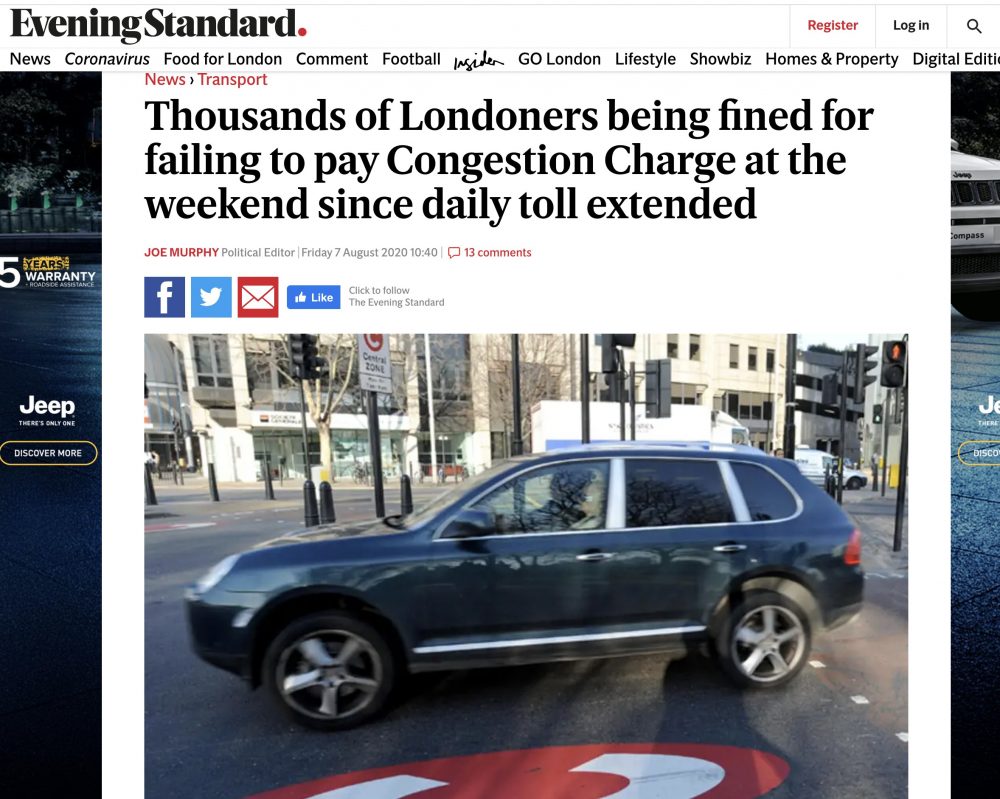
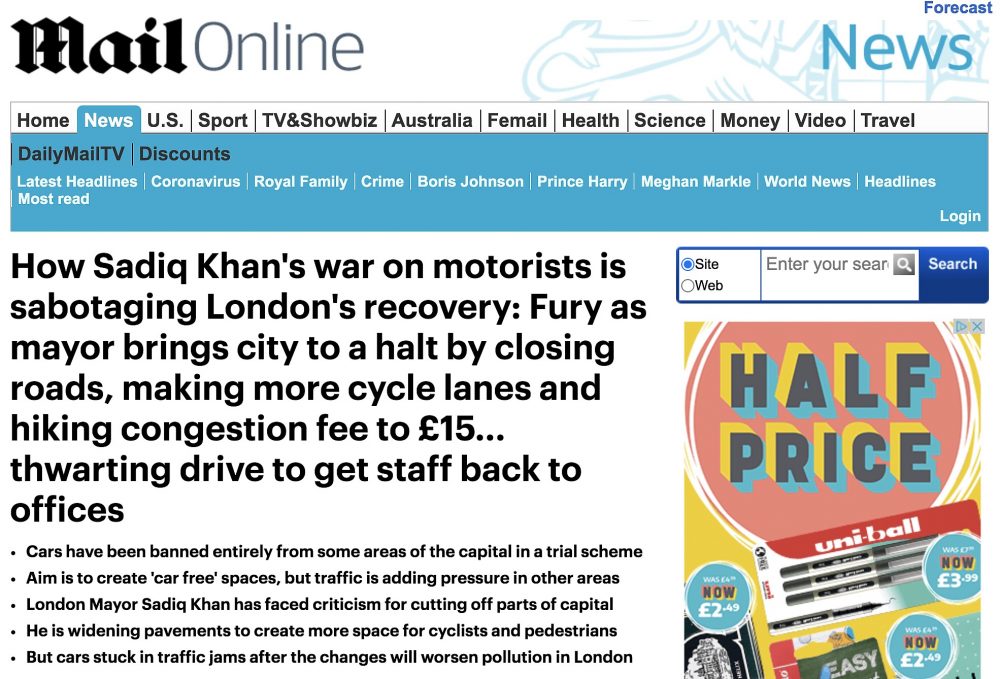
In a press release dated 15th May 2020 the Mayor of London and TFL announced “…plans to transform parts of central London into one of the largest car-free zones in any capital city in the world.” And: “As a temporary measure and to support the transformation of London’s streets, it is proposed that the Congestion Charge will increase to £15 next month… and extending its hours of operation to 7am to 10pm, seven days a week, from 22 June.”
The Ultra Low Emission (ULEZ) Zone applies 24/7 except Xmas day. Almost all petrol cars sold after 2006 will meet the standard. For diesel cars they generally have to be registered after 2015. Check your numberplate here. For cars and light vans the ULEZ charge is an extra £12.50 a day. I do know builders who refuse to work in central London because of this.
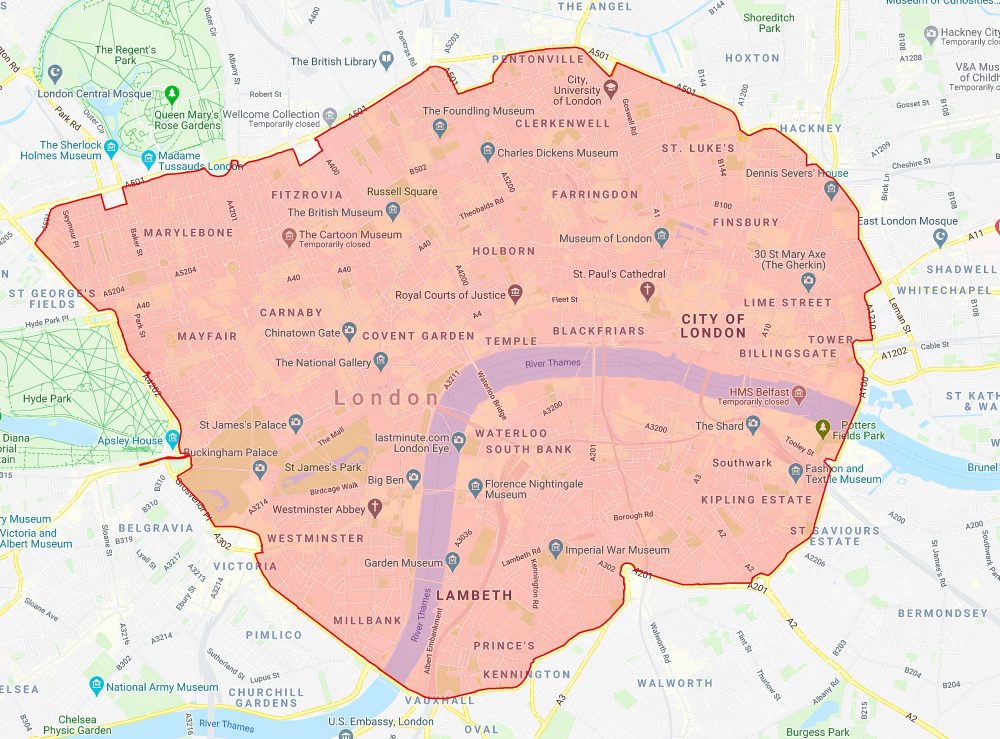
From October 2021, the ULEZ will be expanded to cover the Inner London area within the North and South Circular Roads.
Madness extends throughout Britain
Grant Shapps, the Secretary of State for Transport said: “We saw an extraordinary 100 per cent increase in the number of people cycling during the week at the height of the lockdown and a 200 per cent increase at weekend.” Earlier in Feb 2020 the Government announced £5bn in new funding for cycling and buses. In May some of that money was released as emergency funding during the coronavirus epidemic. In part that will explain why local councils have been rushing into poorly thought out schemes.
But it was in July last year that Tower Hamlets council implemented the “bus gate” at the eastern end of Tredegar Road. It lasted a just day before it was removed. Tom Ling wrote an excellent article on Medium called Liveable Streets? Unbelievable incompetence. In it he said: “This trial was imposed on residents of the area with extremely limited consultation…” His article is well worth a read. As well as listing all the disadvantages of the scheme, he critically takes apart the methodology of the consultation. My view on the Tredegar Road bus gate is that it would increase pollution – not reduce it.
Has Tower Hamlets Council learnt from this? No.
In searching for ‘cycle lanes’ I stumbled into the article below in Brighton Argus.
Brighton Council closed off Madeira Drive (beside the pier) to vehicles to encourage more cycling. That’s resulting in a £1.6 million a year loss of parking revenue to a council that’s running out of money.
A later article in the Argus (27th Aug) is headed Part of A259 Brighton seafront cycle lane is removed. It had only been implemented a few days before! The article says: “After opening, motorists, buses and ambulances battled “gridlock” with vehicles at a near standstill during peak hours. Brighton and Hove Buses was forced to divert services…” The online article included the readers’ poll below which found that 84% of people thought that more of the cycle lane should be removed. This is the only area of Britain that regularly elects a Green MP. It must be an exceedingly bad scheme.
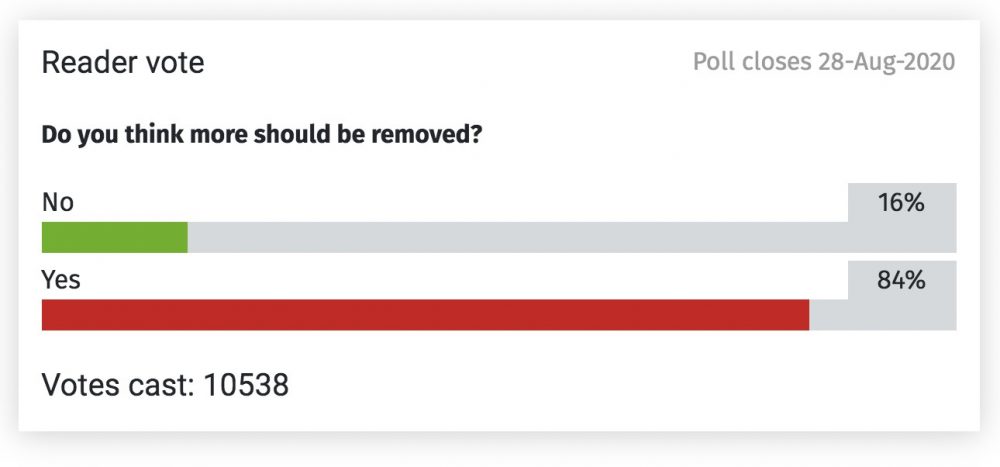
In June Brighton Council commissioned an impact assessment which rated the schemes as “Red” – the highest warning on the scale. Red for traffic flow, available width, value for money, and more. Yet the council went ahead.
Alan Tucker, Bow

